Unisex Fashion Is On The Rise, Will Indian Fashion Industry Embrace It Too?
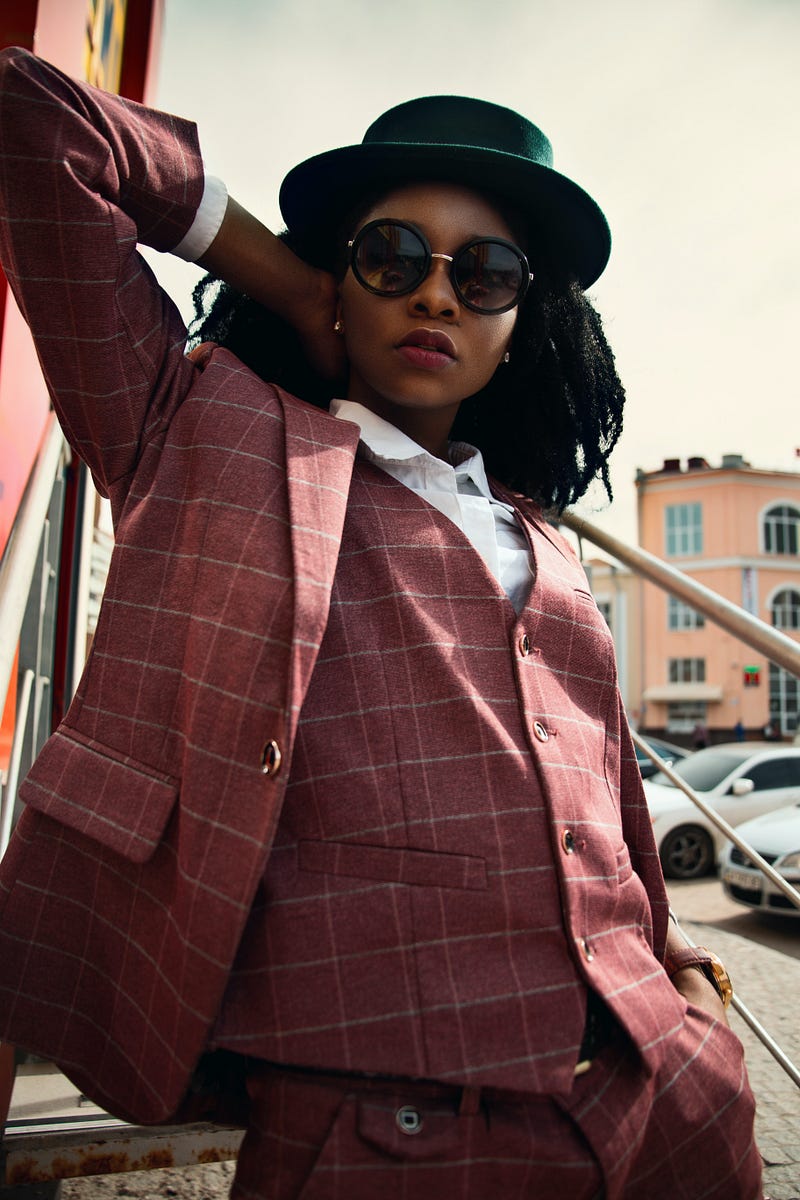
In the 21st century allocating genders to objects, colors and concepts are beginning to be viewed as sexist and discriminatory. The idea of differentiating what a person should be adorning based on binary gender identity is fading away. People are breaking stereotypes and adopting gender equality in jobs, colors, clothes, and habits.
Women in pants and suits are considered to be powerful and in charge, whereas men in heels and skirts tend to draw negative stereotypes. The reality, that people still observe a man dressed in skirts and heels as a downgrade, and a woman dressed in formal suits, as authoritative, speaks volumes about society.
As the world is becoming a smaller place, it is recognizing that when it comes to clothes, they are just clothes, and hence, the demand for garments that are neither traditionally male nor female is on the rise. As numerous people opt to make their diverse sexual and gender identities public and consumers seek clothing that perfectly reflects their style; retail, and fashion forecasting insiders have started to witness a boom in the sales of unisex clothing.
Trends in Indian fashion are also transforming, the fashion industry in India is finally normalizing people on seeing a boy wear pink and a girl in boy cut hairdo and pants. This leads us to think, how small differences can grow into troublesome gaps, and the question arises will the fashion industry in India also incorporate the unisex clothing just like Europeans did?
History Of Unisex Fashion!
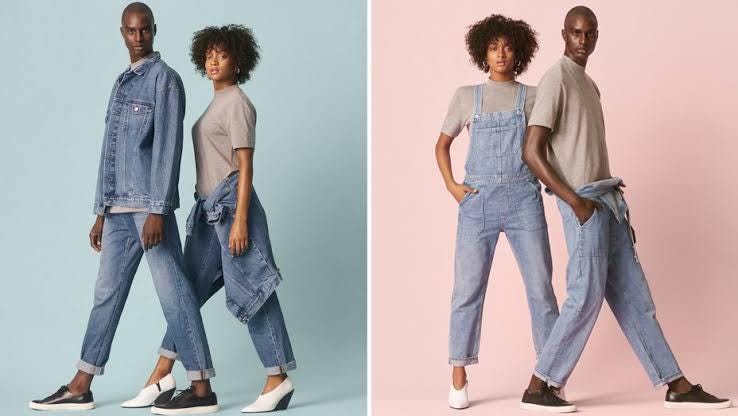
History of unisex fashion
Here’s a thing you never really thought about, but as soon as you see someone, the first distinction you make is ‘male or female?’ Fashion has played a major role ever since the 19th century in spreading the concept of feminism, after all, unisex fashion is a pillar of second-wave feminism, whose influence still echoes today. The unisex fashion was aimed to minimize gender differences, instead, it led to the opposite effect. The adult unisex clothes were the fascinating contrast between the wearer and the clothes, which attained attention to the male or female body. The year 1999 is considered as a gender-neutral utopia of jumpsuits, turtlenecks, and tunics. The unisex tight-fitting costumes made the wearer’s sex obvious, and they adopted traditional gender tags such as bras, makeup, and jewelry for women. The fact remains, that unisex fashion may have made women’s clothes more masculine, but it never made them unfeminine. On the other hand, attempts to feminize men’s fashion turned out to be precisely short-lived, even today it’s mainly women adorning unisex clothing and not men. It’s not like men never appreciated the concept of unisex fashion, even they experimented with androgyny (a style that combines both masculine and feminine characteristics). The women wear fashion designers in the past began to create menswear lines and introduced the mandarin-collared, button-front Nehru Jacket( traditional Indian garment) which was considered a Cardin signature. This Indian garment offered men an alternative to the proverbial gray flannel suit, it made neckties obsolete, at least temporarily.
Talking About India!
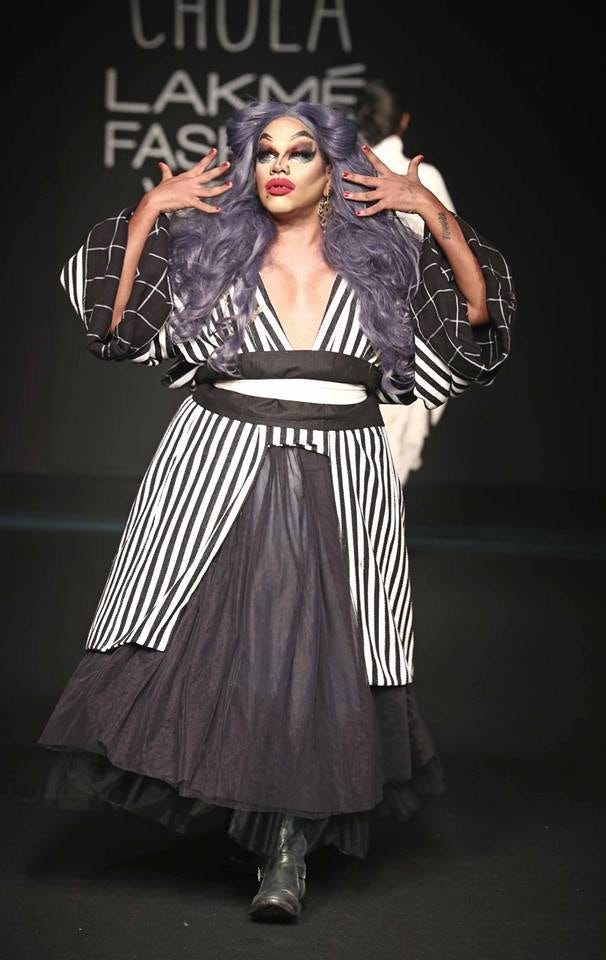
Chola The Label
Unisex fashion is an ongoing trend in Indian fashion that is generated by mostly the LGBTQ+ community, especially gender non-conforming identities and new-age fashion designers that believe in the global concept of clothing. The fashion industry in India is gradually adapting to unisex fashion, recently at Lakme Fashion Week Winter-Festive 2018, a #gender-bender segment showcasing four designer labels that only create gender-neutral clothes showcased with pomp and show. The event featured brands like Bobo Calcutta, Anaam, The Pot Plant, and Chola the Label, all of which offered a unique perspective on unisex clothing. The fashion industry in India has always been welcoming to the latest trends, but it’s the people of the country who can at times be a little restrictive. With time the fashion industry in India has transformed and so have the trends in Indian fashion. The people in the country are now opening up to offbeat and over-the-top styling, courtesy mainstream media, B-town celebrities, and Indian fashion designers who promote comfort and fluid styling.
Gender-Fluid Fashion Dominated Indian Runways, In 2018!
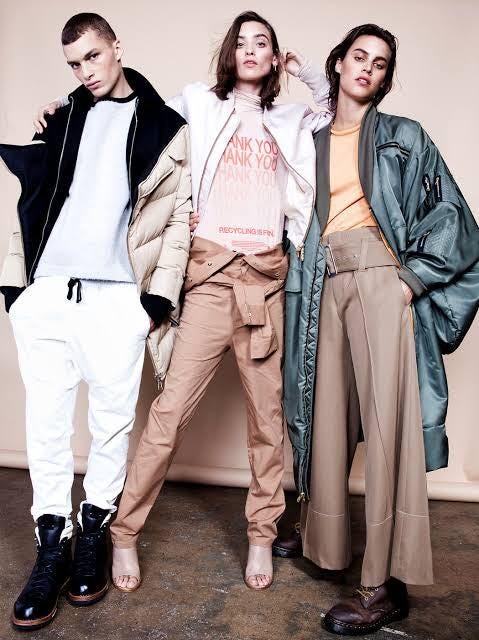
Gender Fluid Fashion
The year 2018 was the best year for the world of queer and gender-fluid fashion. Anaam had Divya Dureja, a queer activist, with six ‘disciples’/ queer models, along with a trans-FTM (female to male). The other featured Brand was the Pot Plant 100% Human line, which showcased models exchanging their coats and jackets after every few minutes with the other gender. On the other hand, Bloni had fashion models in black-and-white long, fitted silhouettes frozen as statues with the galaxy screened on their bodies. Bobo Calcutta did a live painting of his signature ‘two faces kissing’ motif that glowed on Ayushman Mitra’s highly-colorful, glitzy garments worn by gender-fluid designer-artist Durga Gawde. Label Chola showcased Bye Felicia line on drag queen theme with mainly queer models, like Mr. Gay World 2014 winner Sushant Divgikar. If you want to read more about a drag queen and how to do drag queen makeup then click here.
Are Indian Men Ready To Adopt Unisex Fashion?
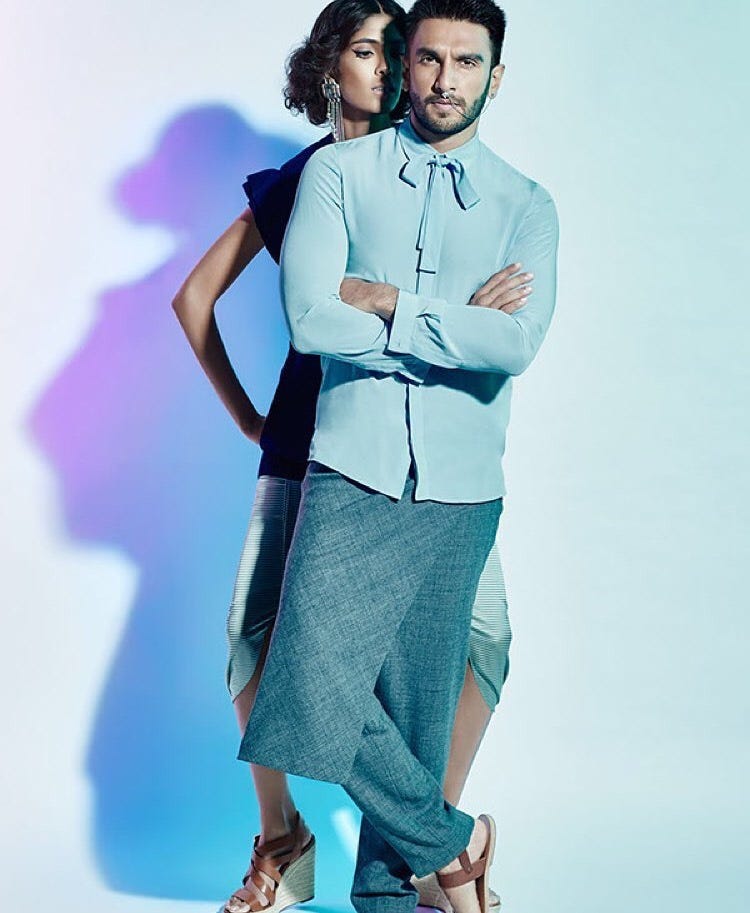
Unisex Fashion- Ranveer Singh
Considering the fashion forecasting in India, the last decade has witnessed a crystal clear pattern where Western trends take up to a year to three — to be manufactured in the fashion industry in India, and for the trends in Indian fashion to trickle down from the ramps. It takes even more time for all these trends in Indian fashion to be marketed, and further reach to the masses. There is no denying in the fact that Bollywood plays a major role in setting trends in Indian fashion, it holds the capacity to transform consumer’s hearts.
Long gone are the days when skirts were just for women and trousers for men. Credits to Bollywood celebrities and Indian fashion designers for coming up with a fusion of men’s and women’s collections on the runway. Over the years, the big line between traditional male and female fashion is blurring in the fashion industry in India, and the trends in Indian fashion are beginning to shift according to global fashion forecasting. Bollywood actor Ranveer Singh is one such celebrity who is championing the cause of fluidity and embracing the concept of experimenting with styles- be it floral printed suits or donning a skirt under traditional Indian sherwani, the actor has tried it all, breaking all the stereotypes. In the year 2016, he was spotted adorning septum ring and pussy-bow blouse on L’Officiel cover — most powerful gender-fluid statement from a male celebrity in India till now. It was in the year 2017, that gender fluidity was buzzing on social media, and a year later unisex fashion was omnipresent on runways. Another actor gutsy enough was Varun Dhawan, he walked the ramp at Lakme Fashion Week for Indian fashion designer Kunal Rawal with a gender-fluid look in a light pink suit, kohled eyes, a few rings, chains, an anklet, and a black nail paint.
In India unisex fashion is otherwise inherent in DNA of familiar men’s styles like Kurta Payjama, the best thing about the fashion industry in India is that because of our traditional outfits, men and women share kurtas, lungis, and dhotis with ease. The men in India are also used to seeing other men wear jewelry during festivals, which the western world saw much later.
How Are Indian Fashion Designers Changing The Way We Look At Gender-Fluid Clothes?
As the fashion industry in India moves forward by bringing numerous different trends in Indian fashion, the Indian fashion designers have attempted to create a new code. Here are some of the most celebrated Indian fashion designers and labels that have successfully managed to champion gender neutrality in their collections.
- I Am Trouble By KC
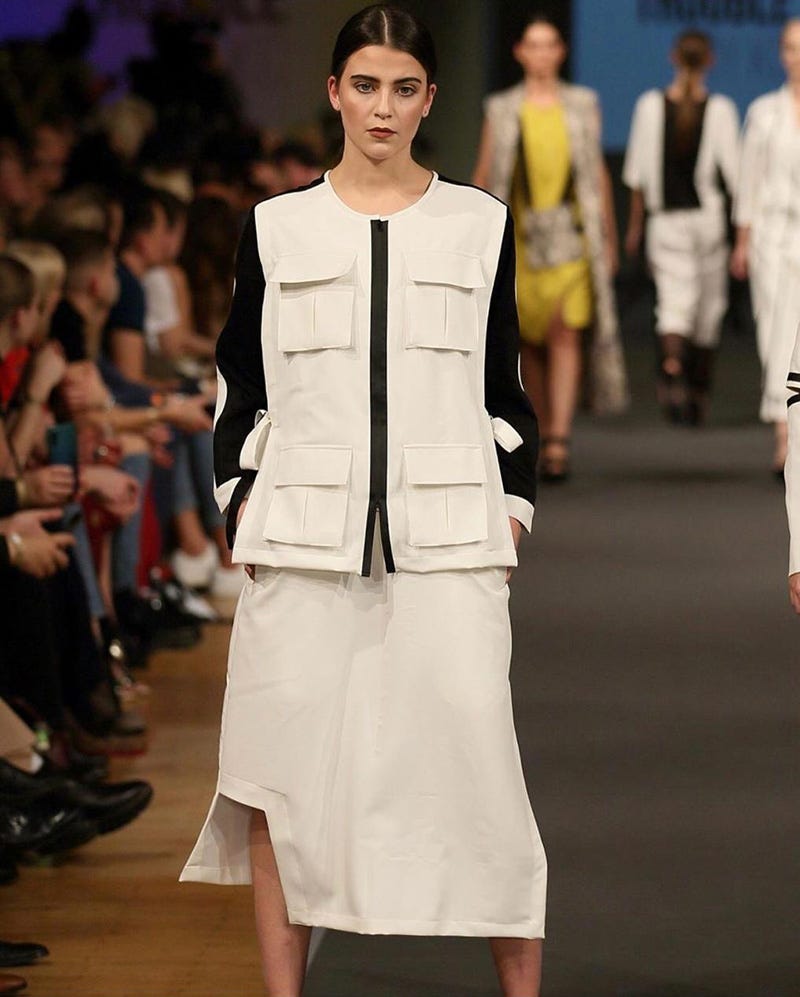
I Am Trouble By KC
Breaking the stereotypes and reasoning with the gender box of the society, I Am Trouble by Kunal Chatterjee an Indian fashion designer seems to be reverberating the ‘Unisex Clothing Trend’ through his label. Invited to showcase at the Berlin Fashion Week 2019, Kunal’s aesthetics clearly mark the fusion of global and traditional silhouettes through abstracts and distinct choices of fabrics.
- Nor Black Nor White (NBNW)
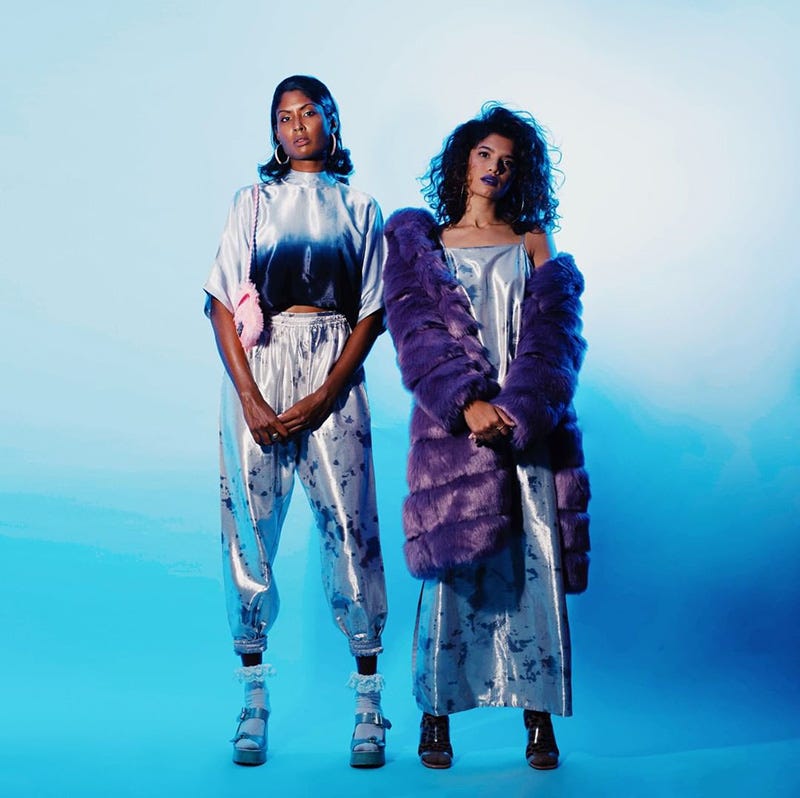
Source- @norblacknorwhite
It is an amalgamation of modern silhouettes and refined techniques of traditional Indian handicrafts. NBNW is driven by the desire to champion disappearing art forms by reinterpreting age-old practices of textile design to fit modern-day sensibilities. Most of their pieces comprise of unisex separates with no distinctions made concerning prints, fabrics, or silhouettes.
- Bobo Calcutta
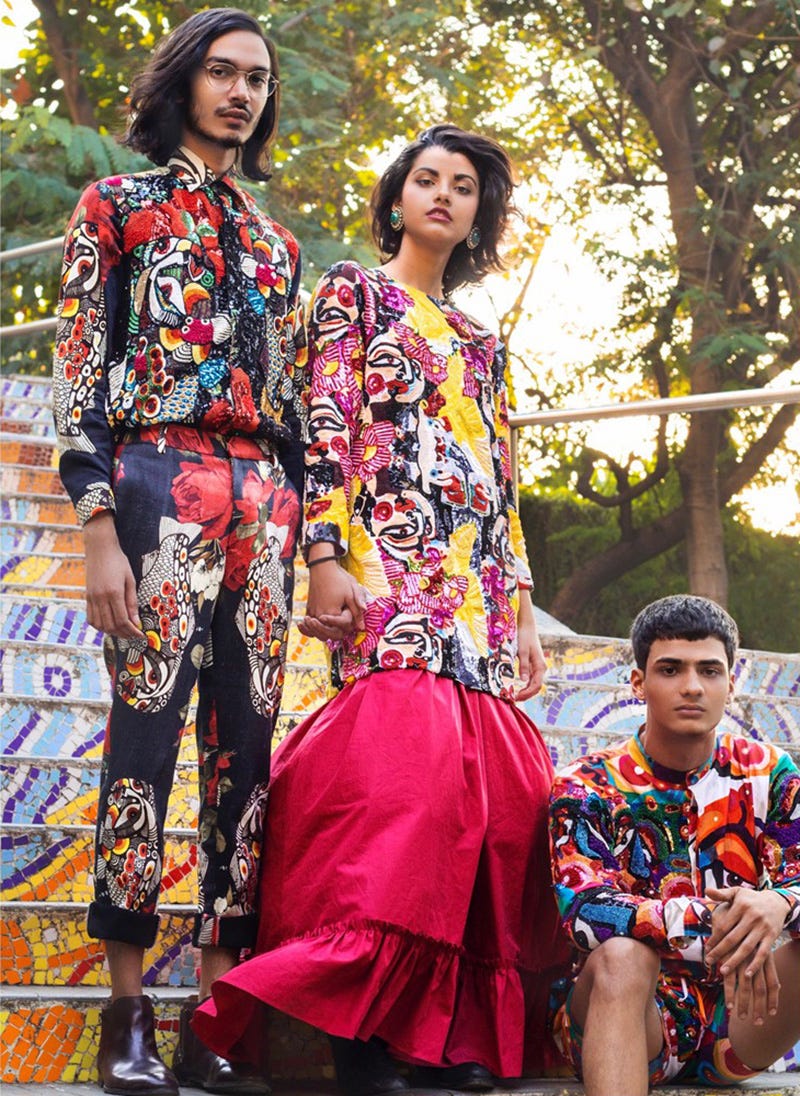
Bobo Calcutta
The label is a reflection of the core belief of love being the basis of all things, it stands with the phrase love above all. It even contributed to Lakme Fashion Week’s #GenderBender with an installation named ‘Ludicrous Legacy.’
- HUEMN
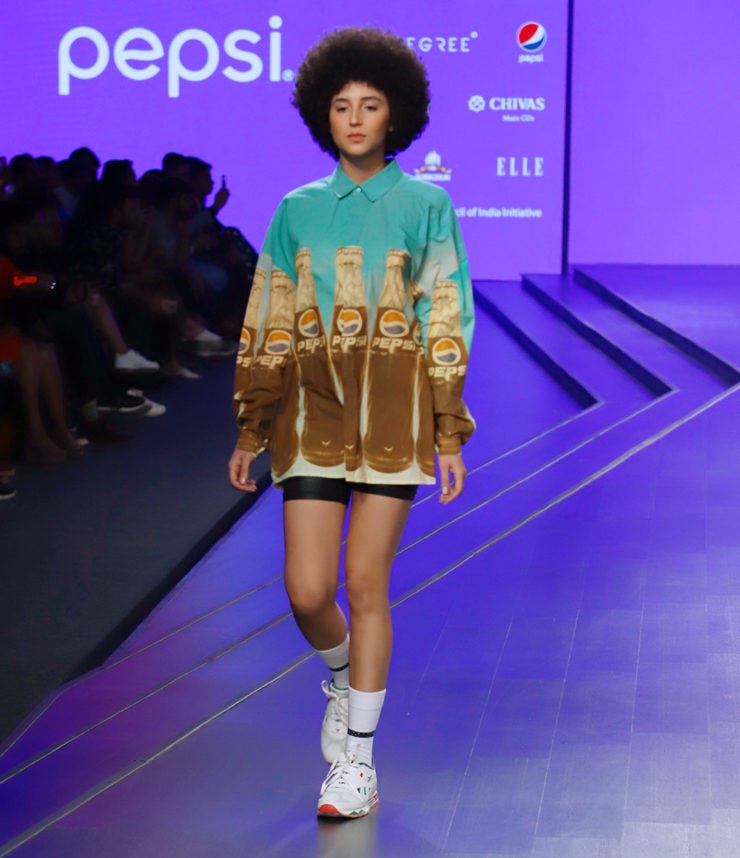
Huemn showcases its support towards gender diversity by including a non-binary section to its website. The pieces of this collection include skirts, dresses, t-shirts, windcheaters and more.
- Bloni
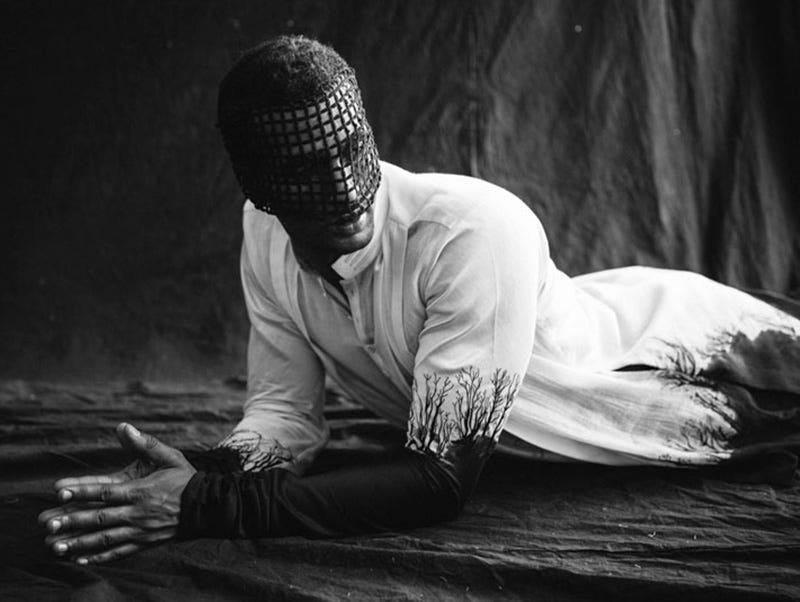
Bloni
The label Bloni’s approach towards breaking the gender binary stereotypes is driven by the need to be more environmentally conscious. Their collection is in black and white and so can be neutral in any setting. The collection they showcased at Lakme Fashion Week’s #GenderBender included formal and informal pieces of unisex clothing that can be sported by everybody irrespective of their gender.
Unisex Fashion Designers In India
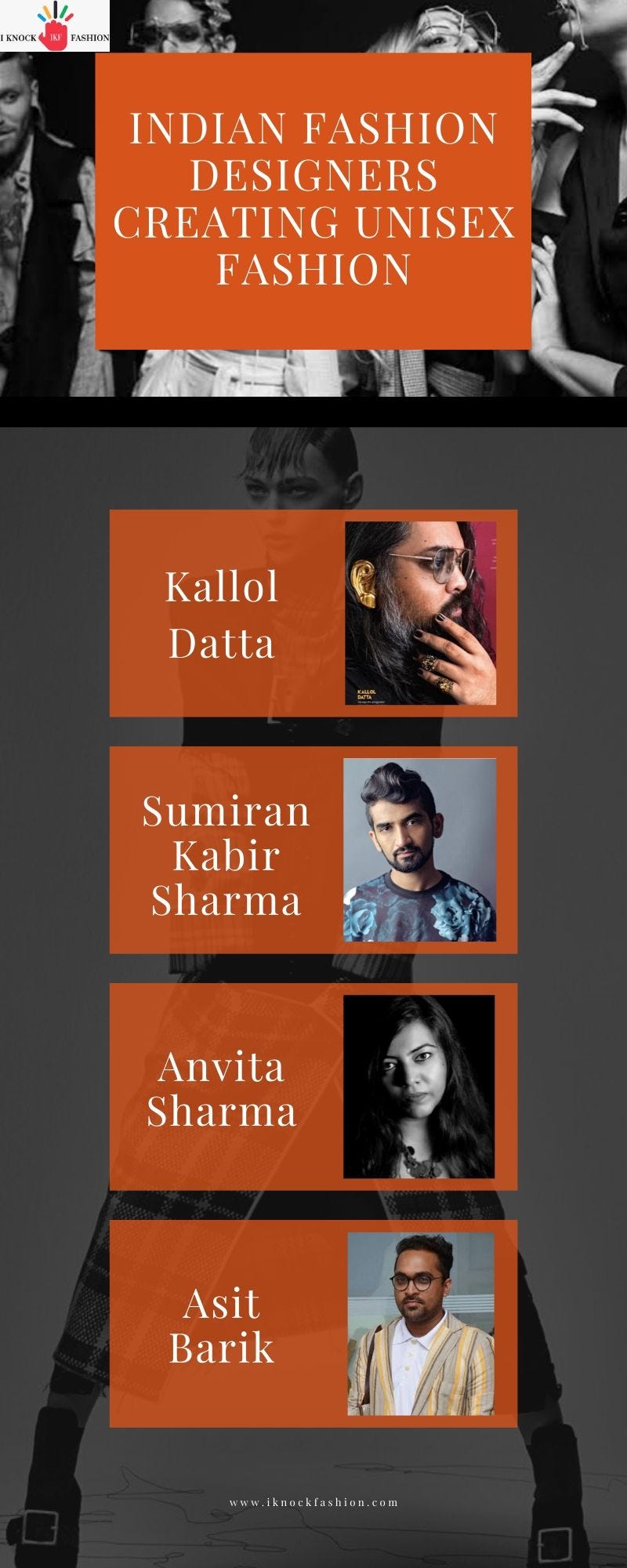
I Knock Fashion Desk (Conclusion)
In the past few years, the fashion industry in India has taken the initiative of breaking all the stereotypes about unisex fashion and is embracing it gradually. The fashion brands in India such as Zara and H&M — have created unisex collections, while Indian fashion designers are making unisex fashion acceptable for consumers to adorn. The Indian fashion designers have been setting unisex fashion trends in Indian fashion by making gender-fluid movement acceptable among the consumers. They have no doubt helped expand countless people’s perception of how men and women can dress in India. The fashion industry in India has also exposed the public to a fuller picture of genders with which one might identify. The fashion industry in India must not only continue to employ and celebrate the transgender members but also ask consumers to open their minds for accepting upcoming unisex trends in Indian fashion. This unisex trend in Indian fashion is not just a trend but a lifestyle that should be taken seriously. Are you comfortable adorning unisex garments? What are your views on gender-fluid garments?
I Knock Fashion highly appreciates your opinion and views, do let us know about your point of view in the comment section and stay tuned with I Knock Fashion for further fashion and beauty related updates.
Comments
Post a Comment